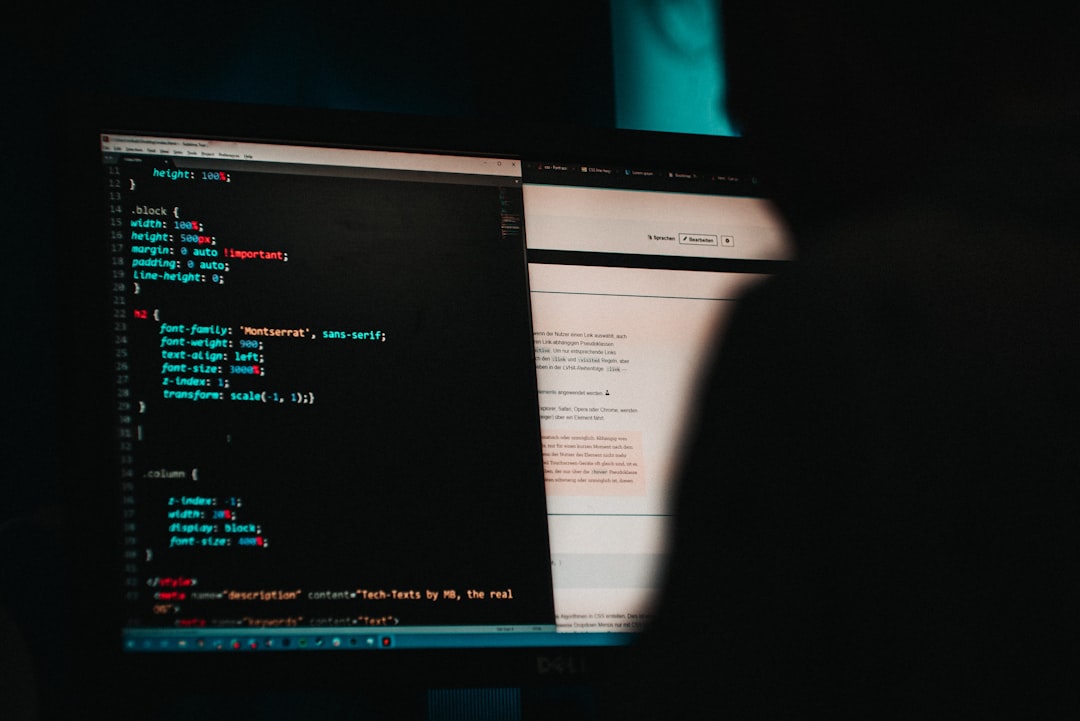 Photo from Unsplash
Photo from Unsplash
Originally Posted On: https://www.pegasustechnologies.com/how-can-small-businesses-be-protected-from-hackers/
The prevailing opinion of most small business leaders is that no matter what actions they take, hackers will always win. How can small businesses be protected from hackers?
In reality, small businesses can defend themselves, but defending cybersecurity assets is a tough game. Defenders need to be right 100% of the time, whereas criminals only need to be successful once. Pragmatically speaking, even most midsize businesses lack the time and funding required to remain current on the latest cybersecurity defense strategies, so a popular defense today is simply to avoid being the easiest target.
Businesses typically pick a few defense tactics and roll the dice. Often the selections are based on perception or limited budget and not value-based decision making. Few keep their cyber defense plans up-to-date because cybersecurity is considered a cost center that doesn’t yield consistent results. Companies’ cyberdefense budgets are often a fraction of what they need to be to affect meaningful change.
Defenses tend to be tactical, not strategic. Cybercriminal rings are extremely well funded, enormously sophisticated, and largely out of the reach of domestic law enforcement. Part of the reason small businesses feel helpless is law enforcement simply does not have the resources to assist. It’s hard to get meaningful direct involvement and assistance of law enforcement unless cash losses exceed $100k, due to law enforcement’s limited resources.
By following these tips, you can help ensure that your business stays safe from ransomware attacks, data breaches, and other online threats. Cybersecurity is more critical than ever, so make sure your business is prepared for anything.
1. Keep Your Data Safe With Multifactor Authentication for All People
Multi-factor authentication (MFA) is an authentication method in which a user is granted access only after successfully presenting two or more pieces of evidence (or “factors”) to an authentication mechanism.
The most common form of MFA combines something the user knows (such as a password) with something the user possesses (such as a security token). Still, other combinations are possible, such as combining biometric data with a one-time code.
MFA can significantly reduce the risk of unauthorized access to systems and data. Even if one factor is compromised, the attacker must compromise additional factors to gain access. For this reason, MFA is often required for high-security applications.
2. Air-Gapped, Ransomware-Resistant Backups
Air-Gapped, Ransomware-Resistant Backups are backups that are not connected to the internet or any other network. This makes them much less susceptible to ransomware attacks, as the attacker would not be able to access the backups to encrypt them.
Backups are stored on physical media such as external hard drives or USB sticks, or a computer that is not on the network.
Backups protect your data in the event of a ransomware attack. They help to prevent data loss if your primary system fails. They also provide an extra layer of security for your data.
Backing up your data can help you recover from a data loss more quickly. It can give you peace of mind knowing that your data is well-protected.
3. Protect Your Staff With Cybersecurity Awareness Training
Cybersecurity awareness is understanding and being mindful of the dangers in cyberspace and taking precautions to protect oneself and one’s computer networks from attack.
Cybersecurity is the practice of protecting your computer networks from unauthorized access or damage, and it has become increasingly important in our digital age.
Hackers are constantly looking for vulnerabilities in software systems to exploit, so we all must be aware of the risks and take steps to secure our data.
4. Get Endpoint Detection and Response Software That’s Actively Monitored
Endpoint detection and response (EDR) software is a type of security software that helps organizations detect and respond to threats on their endpoints.
EDR software is usually “actively monitored.” It employs agents or sensors that constantly watch for malicious or unauthorized activity and alerts administrators when something is detected.
IT Managers can use EDR software to protect servers and client devices, such as laptops and desktops. It can help organizations detect attacks such as ransomware, viruses, malware, and phishing schemes.
EDR software also typically includes features that allow administrators to investigate and remediate threats quickly.
5. Teach Business Leaders About the Importance of Keeping Their Cyberdefense Strategy Strong
Cybersecurity is vital for business owners because a data breach can be incredibly costly. A Ponemon Institute study found that the average cost of a data breach is $3.8 million.
There are also costs associated with damage to your reputation. A data breach can cripple your business if it results in regulatory fines or legal action.
That’s why it’s essential to have a robust cybersecurity plan in place and ensure all employees understand protecting company data.
Don’t Be the Next Business to Fall Victim to a Cyberattack.
Small businesses in 2022 protect their assets when their cyber defense plans include the five tips mentioned here. You can stay one step ahead of hackers and protect your company with Pegasus Technologies. Our software adds another layer of protection to help prevent malicious activity onto your network and keep you safer from cybercriminals. Contact us to learn more about protecting your data.
